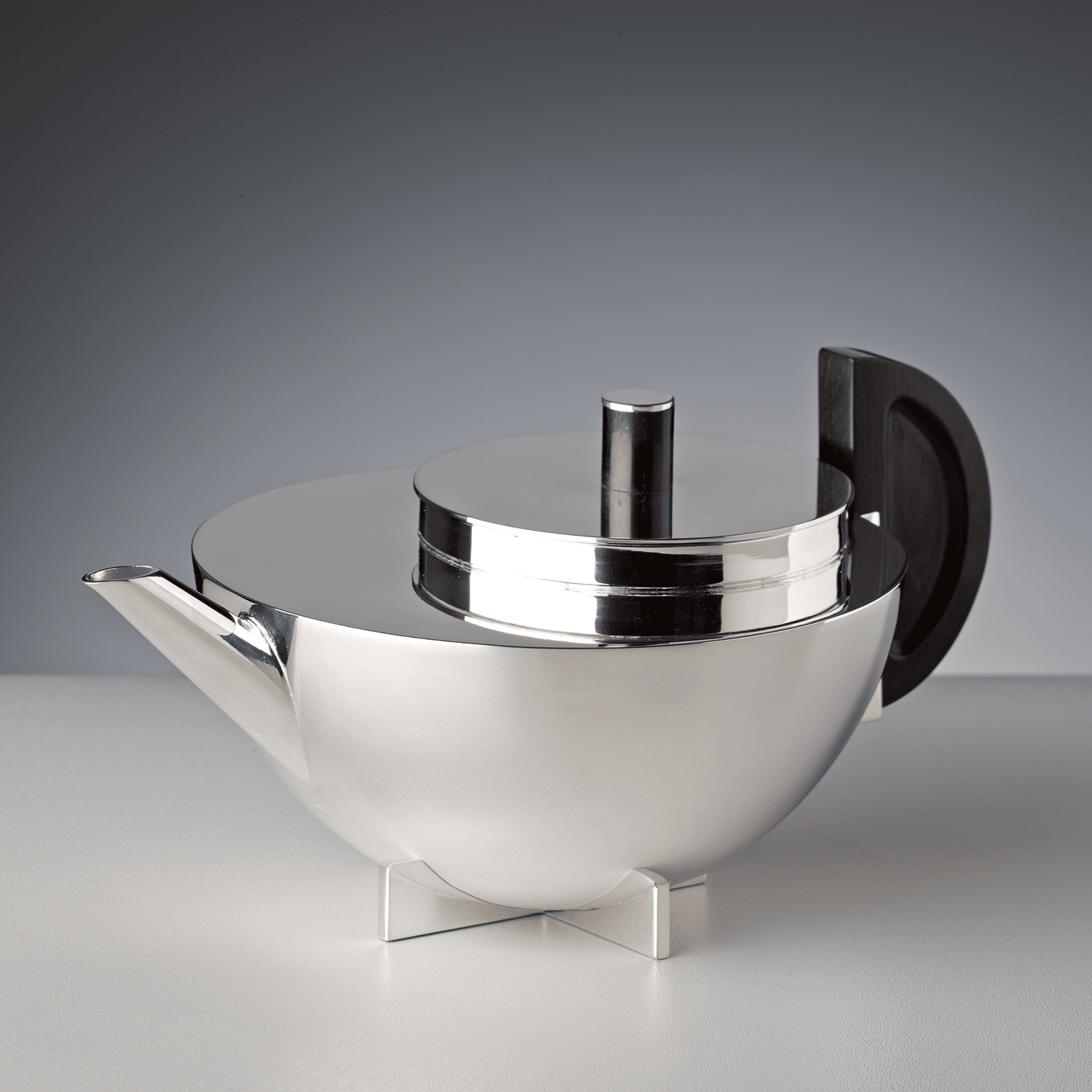
Bauhaus Tea essence pot Marianne Brandt. Bauhaus Movement
Marianne Brandt Teapot 1924 On view MoMA, Floor 5, 519 The Alfred H. Barr, Jr. Galleries Among the best-known products developed at the Bauhaus, the famed German school of modern art, architecture, and design, this teapot was a student work designed by Brandt soon after she joined the metal workshop there.

marianne brandt ashtray and walter grophius theapot Collectors Weekly
Marianne Brandt, (born October 1, 1893, Chemnitz, Germany—died June 18, 1983, Kirchberg, Saxony), German painter and Bauhaus photographer and designer who specialized in metalwork.. Brandt focused on painting early in her career and began her studies at a private art school in Weimar, Germany, in 1911 at age 18.In 1912 she transferred to the Grand Ducal College of Art, also in Weimar.

teainfuser; teapot British Museum
That's not only a record for a 20th-century teapot, but for the work of its designer, Marianne Brandt, and for anything made in the workshops of the Bauhaus, the legendary early 20th-century.
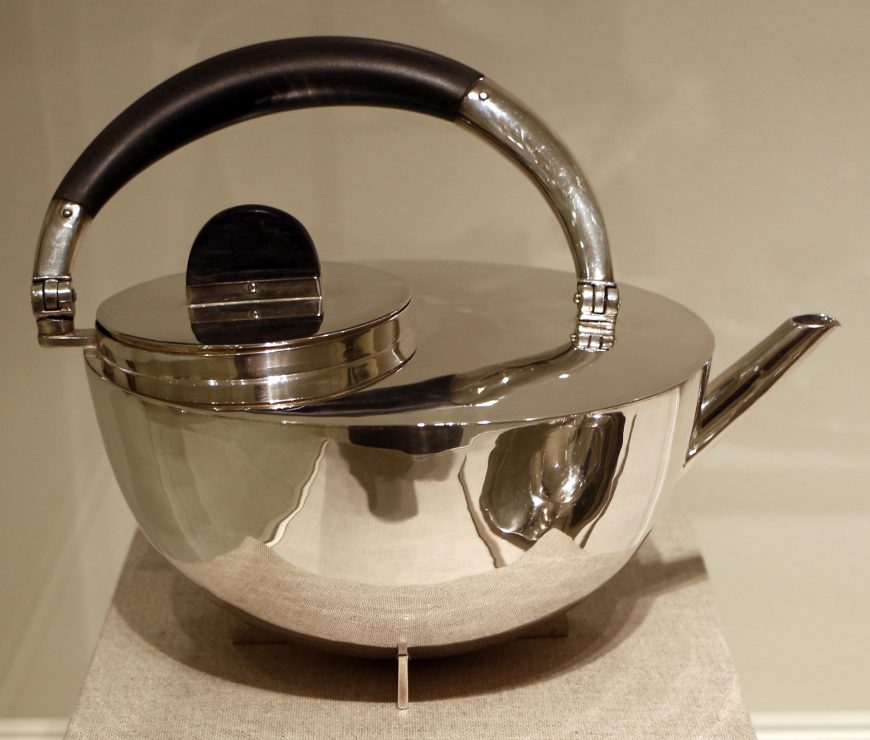
» The Bauhaus Marianne Brandt
Details MARIANNE BRANDT (1893-1983) A UNIQUE AND IMPORTANT TEA INFUSER, 1924 silver and ebony 5½ in. (14 cm.) high stamped 900 with hallmark Literature Exhibition catalogue, Bauhaus: Art as Life, London, Barbican Art Gallery, 2012, p. 105, pl. 98. Exhibited London, Barbican Art Gallery, Bauhaus: Art as Life, 3 May - 12 August, 2012.
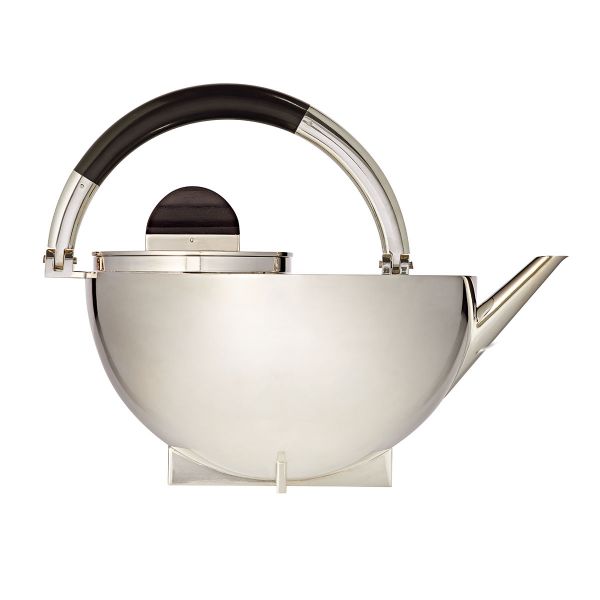
Silver Bauhaus Teapot by Marianne Brandt from Tecnolumen ARAM Store
Description Tea-pot with infuser; silver, with hemispherical hand-raised body set on a cross-shaped foot, a D-shaped ebony handle and flat lid set off-centre with a cylindrical ebony silver-topped knop; the original pierced silver infuser with handle is designed to fit neatly inside the top opening. Producer name Designed by: Marianne Brandt

Bauhaus Women Worth Knowing Hand Made Bespoke Rugs & Carpets, London TOPFLOOR by Esti
This teapot was designed by Marianne Brandt, an important designer of the Bauhaus School. Brandt first made this teapot while she was a student at the Bauhaus in 1924, and showed this example in an exhibition in Leipzig in 1927, when it was purchased by the Jossé family. It was produced in silver-plated brass, with an ebonized wood handle.
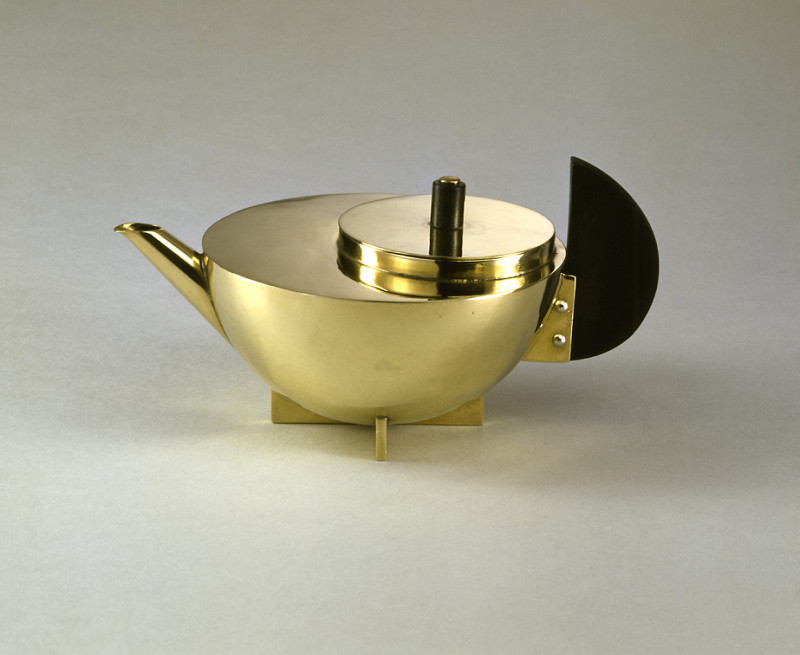
Marianne Brandt, TeeExtraktkännchen (MT 49), 1924 Metall BauhausArchiv Museum für
Sale. German Industrial Table Lamp by Marianne Brandt for Kandem Leuchten, 1935. $524. Bauhaus Style Zirax Desk Lamp by Dr. Ing. Schneider & Co, 1920s or 1930s. $375. Bauhaus Table or Desk Clock by Marianne Brandt for Ruppelwerk Gotha Germany, 1932. $3,828. Table Lamp by Marianne Brandt for Kandem, 1930s.

bauhaus teapot Marianne Brandt, 1924 Tea pots, Bauhaus, Bauhaus inspiration
15 works online Marianne Brandt Ashtray 1924 Marianne Brandt Ashtray 1924 Marianne Brandt Ashtray 1924 Marianne Brandt Teapot 1924 Marianne Brandt Hot-Water Jug 1924 Marianne Brandt Ceiling Lamp 1925 Image not available Marianne Brandt, Bauhaus, Dessau Ceiling Lamp 1925-1926

Bauhaus Tea essence pot Marianne Brandt. Bauhaus Movement
Although it looks like it could have been made yesterday, this desk lamp was in fact designed in 1928 by a remarkable woman named Marianne Brandt at the Bauhaus, a famous design school in Germany. Brandt was exceptional not only as a designer, but also as a woman in the male-dominated field of metalwork.

for Modernity" American Craft Council
Marianne Brandt (1 October 1893 - 18 June 1983) was a German painter, sculptor, photographer, metalsmith, and designer who studied at the Bauhaus art school in Weimar and later became head of the Bauhaus Metall-Werkstatt (Metal Workshop) in Dessau in 1928.
.jpg)
MARIANNE BRANDT (18931983) , A UNIQUE AND IMPORTANT TEA INFUSER, 1924 Christie's
Although it looks like it could have been made yesterday, this desk lamp was in fact designed in 1928 by a remarkable woman named Marianne Brandt at the Bauhaus, a famous design school in Germany. Brandt was exceptional not only as a designer, but also as a woman in the male-dominated field of metalwork.
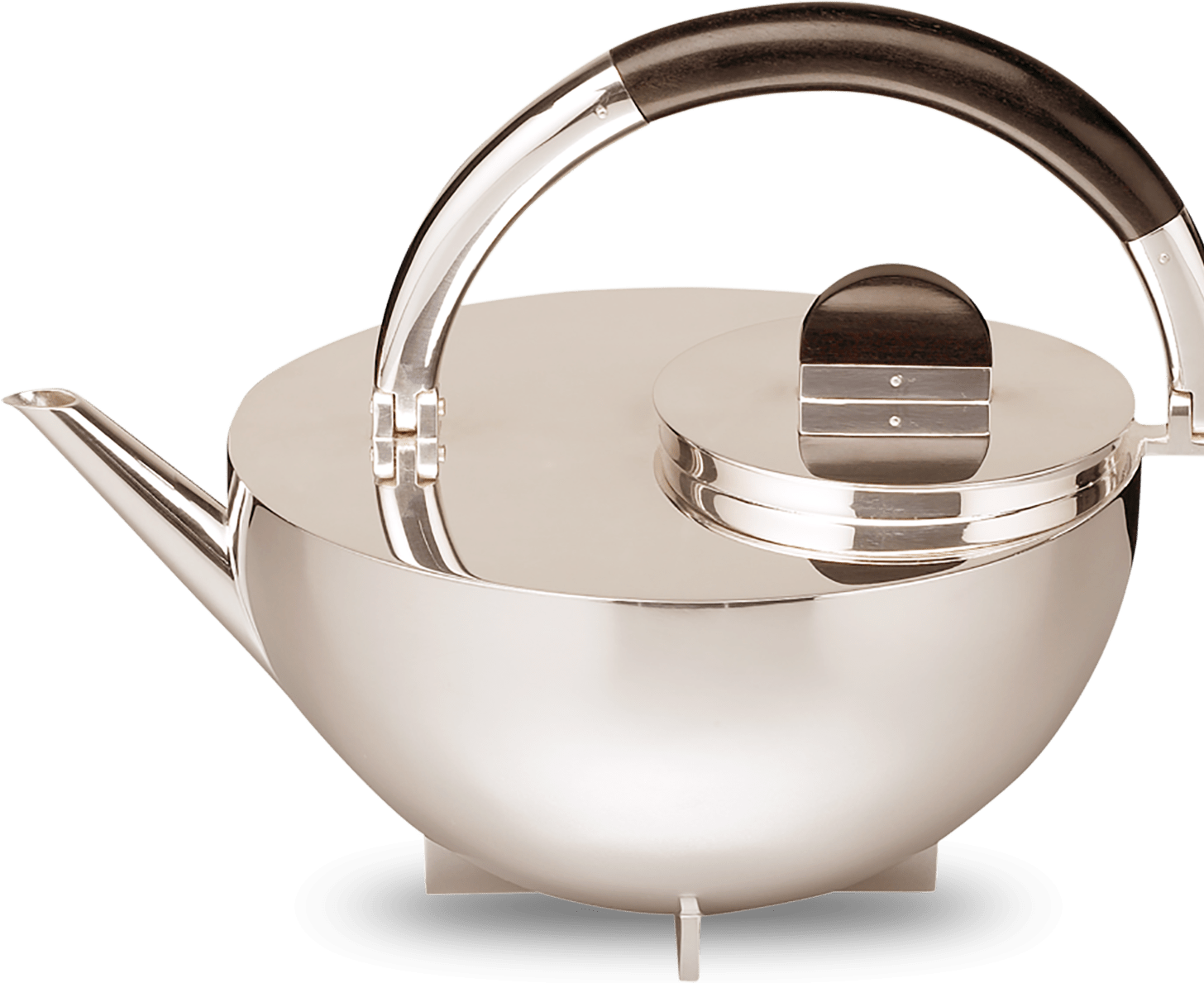
Teapot Marianne Brandt. Bauhaus Movement
Marianne Brandt was the only woman to receive her degree in metal at the Bauhaus. Elizabeth Otto here focuses on Brandt's iconic table clock and unpacks the legendary design aesthetic that she pioneered during a relatively brief period at the school and while employed at the Ruppel company thereafter.. Marianne Brandt. Teapot. 1924. Nickel.

Leben mit dem Bauhaus WELT
Marianne Brandt already created this tea infuser at the end of her first year of studies in the Metals Workshop. In programmatic terms, it is constructed from elementary shapes typical of the Weimar period: the body of the vessel consists of a hemisphere, and the handle is a segment of a circle. Instead of the traditional ringed base, it sits.
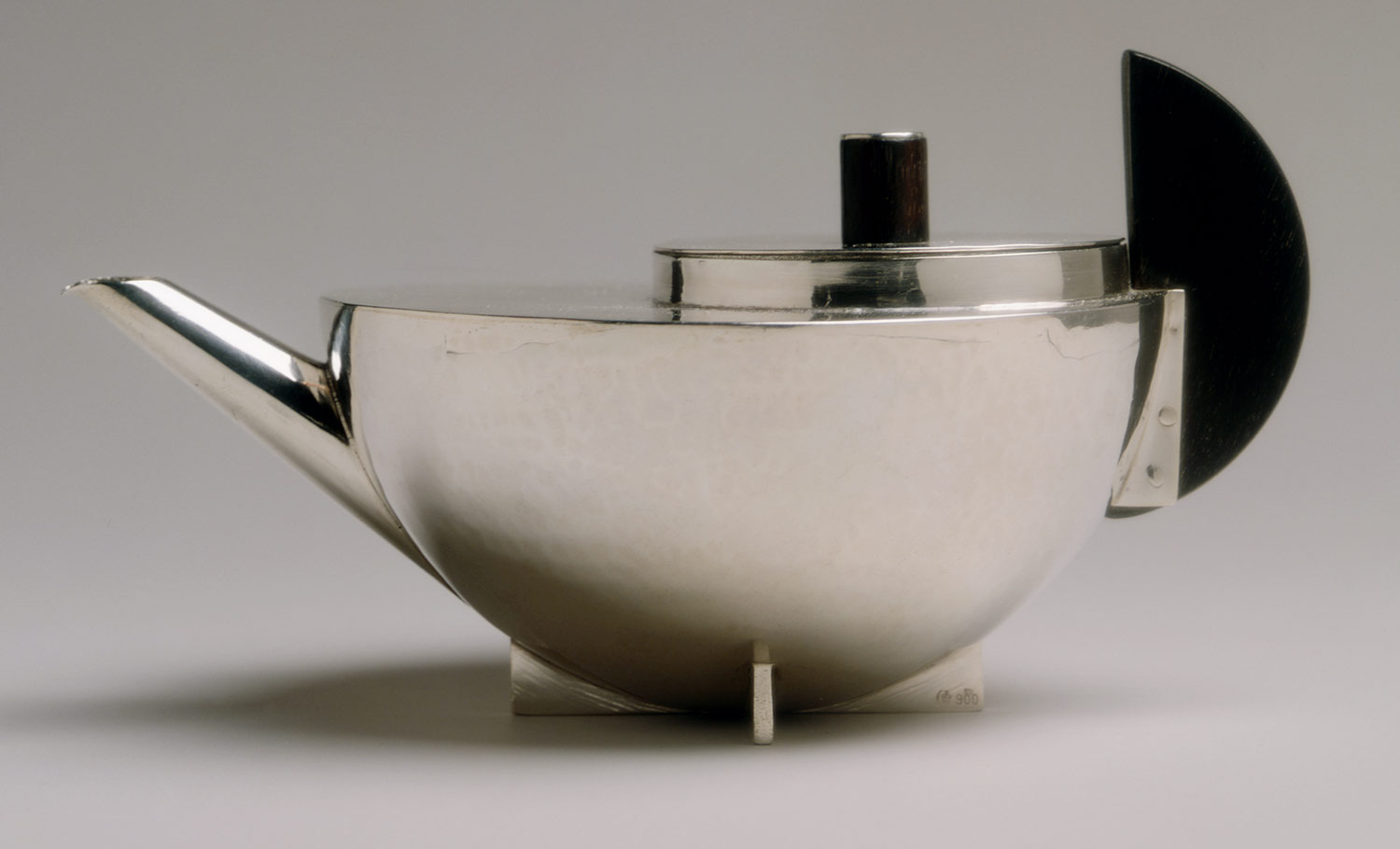
Marianne Brandt Tea infuser and strainer (2000.63ac) Heilbrunn Timeline of Art History The
By contrast, Brandt's teapot — a handmade model for a design intended for manufacture — is made of as few parts as possible, and all of those parts are reduced to simple, rational forms. Figure \(\PageIndex{5}\): Marianne Brandt, Tea Pot, 1924, nickel silver and ebony (photo: Sailko, CC BY 3.0)

teainfuser; teapot British Museum
The painter and sculptor Marianne Brandt (1893-1983) was the first woman to join the Bauhaus Metal Workshop in 1924, and eventually became its director from 1928-29. The severe geometric forms.
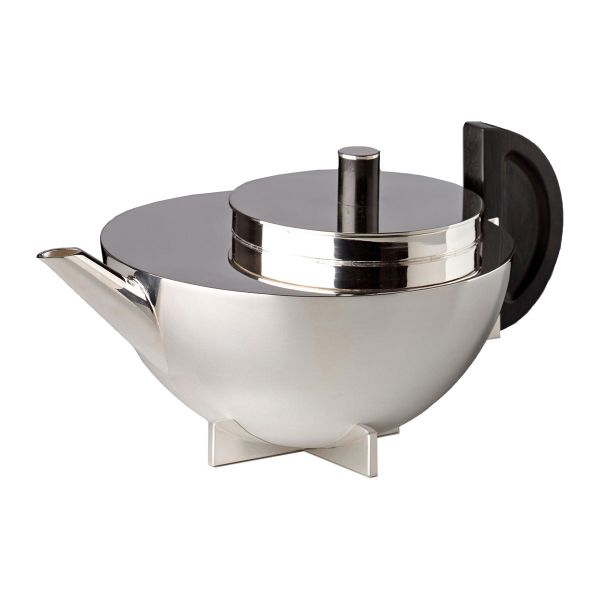
Bauhaus Tea Infuser
Marianne Brandt's tea infuser is an essential object of the Bauhaus. Only three inches tall, its diminutive size is the result of its function. Unlike conventional teapots, it is intended to distil a concentrated extract that can produce tea with any desired strength when combined with hot water in a cup.